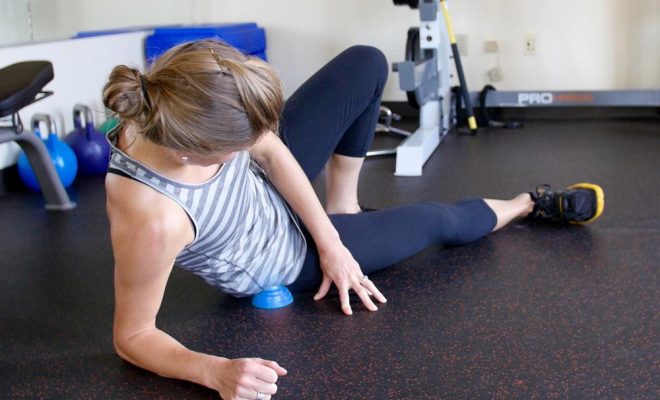
Fitness Tips
Move Your Mobility Up a Notch
Mobility is just as important as cardio high-intensity interval training and strength training exercises for sustainable physical fitness? Keep in mind that the ability to perform a full range of motion is essential in the performance of virtually all types of exercises from yoga to overhead presses. Indeed, without mobility including the ability to move well and move smart, you are setting yourself up injuries in your daily life!
With that said, here are a few things that you should remember in order to move your mobility capability up a notch.
Pay Attention to Your Mobility, Too
Too many people including athletes, bodybuilders and gym rats take mobility for granted, thus, increasing their risks for injuries. Of course, joint mobilization and muscle extension aren’t as glamorous as increasing your numbers on the treadmill and weight machine. There’s also the fact that the improvements in mobility and flexibility will take longer to see than those for cardio fitness and muscle strength.
But mobility exercises shouldn’t be taken for granted because their physical effects are crucial to athletic performance, injury prevention, and quality of life. You must then discuss the possible mobility exercises that can be incorporated into your workout plan. Your personal trainer at 24 Hour Fitness is a great resource person for this purpose.
Make an Assessment of Your Mobility
Before performing stretching movements, be sure to make a basic assessment of your mobility capability. You must have clear understanding of what you can and cannot do in terms of mobility. You will then be able to pinpoint the areas that need improvement, such as on your shoulders and hips where the full range of motion is insufficient.
But you usually can’t perform the assessment on your own for many reasons. You must ask a trained professional, such as a personal trainer, for a one-on-one assessment. You will then have a general idea of the what, when, where and how of your mobility exercises.
Perform the Full Range of Motion Movements
Each joint is designed to move in certain ways and, thus, it should be used according to its full range of motion. For example, the shoulder joint is a ball-and-socket joint used for pressing and pulling in several different directions, thanks to its unique combination of ligaments, bones and muscles. Be sure to put your shoulder joint through its full range of motion movements instead of performing quarter squats or stopping short on curls.
But be careful about pushing and pulling your joints beyond their natural range of movement. Otherwise, you will find yourself in danger of being injured. Your goal of improving your mobility will likely be defeated in this case.
Combine Several Methods
During the first few weeks of your mobility training, your personal trainer will keep the movements as simple as possible. You’re building up the flexibility of your muscles and ligaments until such time that more complex moves can be introduced. You mustn’t hurry up with your mobility training program since it should ideally be a natural progression, just as in the case of cardio and strength training.
But after a few weeks, your mind and body should be challenged with more complex mobility exercises. When the simple mobility exercises become too easy or when your body has become too used to them, you have to try something new. You should avoid being stuck in the same positions because the next step is plateauing – and it’s something that can be tricky to get out of.
Decrease Your Daily Stress
What’s the connection between mental stress and physical mobility? Stress starts in the brain, the most powerful and complex organ in the body, which develops a wide range of coping mechanisms. But among these coping mechanisms is keeping the stress, so to speak, in the body’s different parts – and it manifests itself in physical ways, too.
You can then have muscular tension in the neck and shoulders, chronic pain in the hips and lower back, or stiffness in your joints including your knees and elbows. You will find that decreasing the stress in your daily life can contribute to the reduction of these symptoms, such as when you go on a truly relaxing vacation.
The best mobility workout programs are yoga and Pilates. You don’t have to perform the exercises on a daily basis since even a thrice-a-week workout can provide satisfactory results. You have to consider your own age, lifestyle habits, and fitness goals in deciding about the types as well as the duration, frequency and intensity of your mobility exercises.
When your body has more flexibility, you will find it easier to perform daily life activities, such as bending over to pick up your kid or stretching up to reach the higher shelves in the supermarket. The mobility exercises may be geared toward physical exercise purposes but these have practical applications, too, so get going!


0 comments